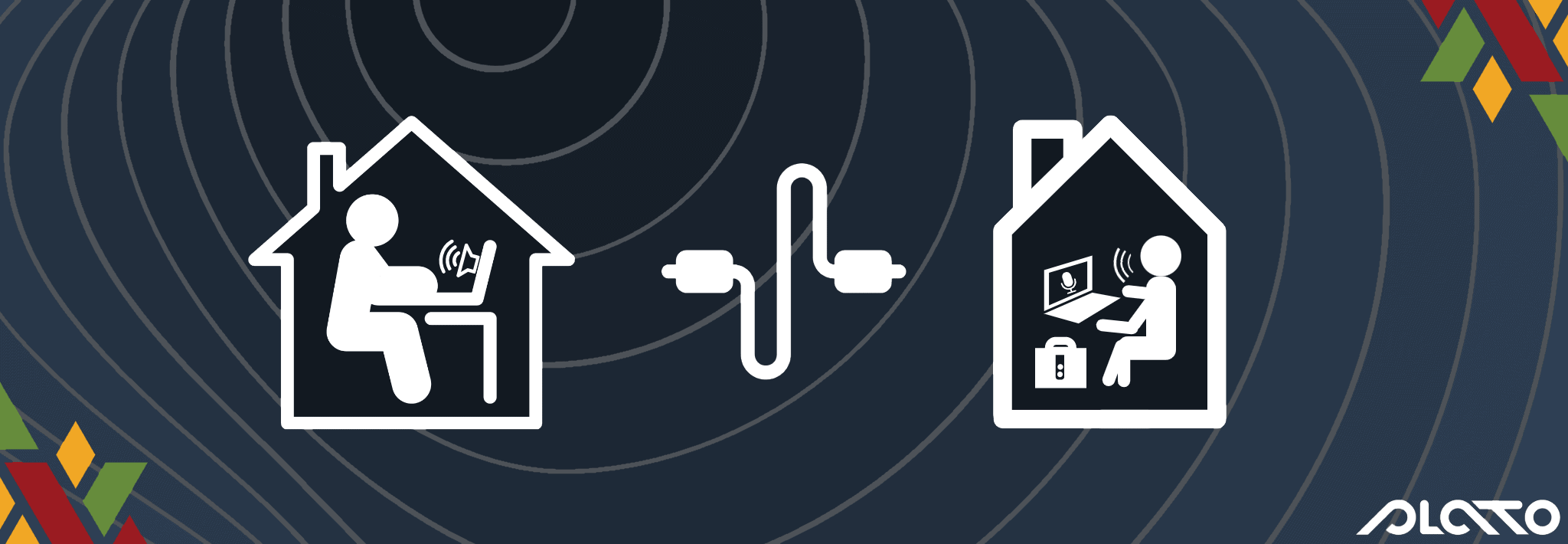COVID-19 has forced many of us who have never been full-time remote workers to embrace a new normal. Entire teams and companies have transitioned to being remote enterprises literally overnight. When you research successful remote transitions, focus is often on a process that embraces proper change management, training, gradual adoption and guided cultural transformations. Few of us had the opportunity to follow those best practices, but as the saying goes, “Sometimes the best way to learn to swim is to just jump right in.”
We’re all in the same situation, stumbling through and finding our way. If you’ve worked remotely a lot, please cut the rest of us some slack. Gently mentor us with your remote working wisdom, and better yet, cut yourself some slack. These times aren’t easy for any of us. But together, it may be an opportunity for us all to learn some tricks that will make this new normal easier for everyone. As with what always works best with change, take an iterative approach. As a group, learn from what is, and isn’t, working for each other and make the new normal stronger.

Replacing our by-chance communication
The number one thing that you can do to make working remotely better is to increase internal communication: deliberate, clear communication that happens with more team members, more often. Consider in the past when you worked in an office; it was so easy to see someone that you had to talk to when you were walking by, and to stop to have a quick chat. It was awesome when, by chance, you overheard a topic that related to what you were working on that could add value, or alternatively, when you heard something to which you could contribute your own knowledge.
When you are working in a service company like PLATO, one of the core success factors is ensuring that your customer is able to see that you are working hard on the tasks you have been assigned. When you are co-located with the client, they are able to directly observe the dedication to their task.
Every good project has status reports and key performance indicators that provide an active view into the value that the testers are adding, but numbers do not always replace the proactive nature of perceptions. While this is especially true for a company like ours working with clients, the need for communication and to build bonds exists for all teams. Rely upon status reports for sure, but even more importantly; share what you are working on in conversations, in scrums, in email, etc.
Being present and responsive
There are a few ways to help level these problems. The first is to be hyper-present. In scrums and other meetings, make sure that you are seen to be there and attentive. Give complete answers that demonstrate that you deeply understand the work you’ve been doing. If you have issues, own them and show that you’ve done the appropriate analysis and legwork to troubleshoot them on your own.
The second is to be responsive. Try to pay closer attention to your collaboration tools so that you know when people are reaching out to you. If you’re heads down in tasks, maybe this means glancing every half-hour, or so. You don’t have to check into the company’s ‘random’ Slack channel more than once or twice a day, but in your team’s chats, make sure you’re following and responding. Don’t just respond to questions that are asked of you by name, but also respond to other questions. If you just read the conversations all day, your project team, and co-workers don’t know that you’re there, a part of the team, and ready to contribute.
Touch base one-on-one
Touching base with people on your team on a regular basis is not just about connecting in meetings, although the small talk that kicks off a meeting is a great place to build your relationship. It also means reaching out to people one-on-one via your collaboration tools to have a chat.
If you feel uncomfortable reaching out to have a quick social chat, reach out with a question. Make it a question that demonstrates that you are actively working on your tasks at hand, and understand the task well enough to know that there are nuances that need clarification. You can already know the answer.
The point is you get to create bonds that will help build familiarity and understanding in future interactions while demonstrating that you’re on-task. Try to make sure there is a regular cadence of such communications. Connecting with the people on your team will help to replace the random conversations that you were having at your office water cooler.
Don’t forget the small stuff
Another way to bond in the world of video conferences and Slack chats is to be a little bit more open in the things that you communicate. Sharing a story of the crafts you’re doing with your kids, or passing around pet pics, can be a great way to tighten connections with your team. Little things like this can help people relate to you in a way that the missing body language and expressions could do in person.
Bottom line: try to communicate more
There’s no universal secret to being successful in your team interactions as we’ve all had to move quickly to remote working. You still have to pay attention to the situations you are a part of, and read the interactions between people. So, try to be more forgiving of people and their foibles, a little more patient when it takes longer for others to reply. Working remotely successfully requires understanding from everyone and some specific outreach steps on your part, but they aren’t onerous, especially when you build them into your daily habits.

